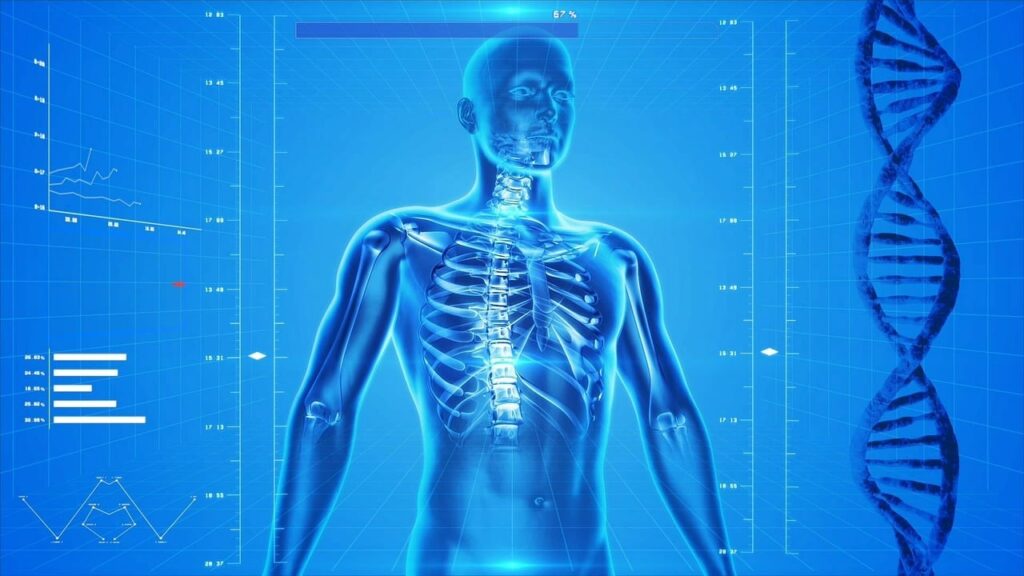
Many people have important questions they cannot get answers to. With DNA testing, it is possible to answer many of these questions. Indeed, with a person’s DNA, a lot can become very clear. With DNA test at DNA centre, it is possible to find out the gender of your unborn child. It is also possible to find out about your origins, and you can even find out whether you are allergic to something. So, DNA tests are very useful and more and more consumers are buying DNA tests on the internet. There are a lot of different DNA tests, and they can all be used for different applications. These days, a lot of paternity tests are being ordered and for good reason. Do you want to know what it is? Below, we tell you all about it!
What is a paternity test?
A paternity test involves comparing the DNA of the alleged father with the DNA of a child. Am I the father? Or is he indeed the father? These are questions a paternity test can answer. A paternity test is completely painless and can often be taken yourself. You can easily order the paternity test on the internet, and it will be sent to you in an anonymous envelope. You take DNA samples from the alleged father, but of course also from the child. You do this with a cotton swab, and with this you extract saliva from the cheek of both the father and the child. In some cases, the paternity test has to be taken during pregnancy. This involves taking the mother’s blood, as this contains the child’s DNA.
Legal paternity testing
In most cases, both parents want more clarity on whom the biological father of the child is. This can easily be done with a standard paternity test, but sometimes a paternity test is ordered by a judge. For example, the father may deny that the child is his or this is denied by the mother. In various lawsuits on divorce, custody and child support, this can be ordered by the court. For this, you need a legal paternity test, and legal paternity testing requires DNA material to be taken by an independent person. This is because this way, the judge can be sure that the DNA samples really come from the alleged father and child. The collection of the samples can be done by a general practitioner, but of course also by a nurse.